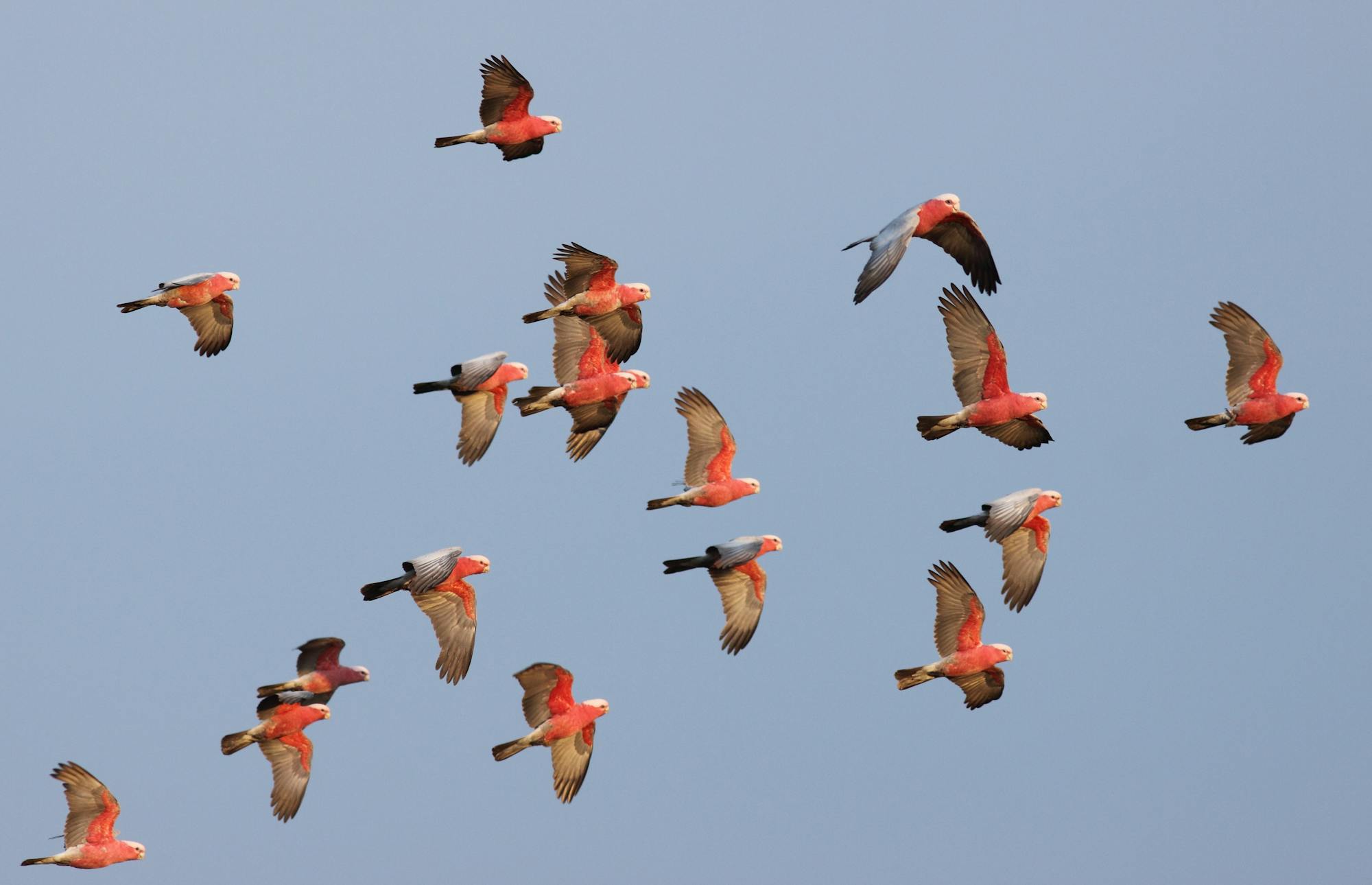
Andrew Silcocks / BirdLife Australia.
Aussie Bird Count
It’s Bird Week in Australia, and that means it’s time for Aussie Bird Count, one of Australia's biggest citizen science events!
Birds are often considered to be great indicators of the health of the overall environment. They are affected by physical and chemical impacts. When communities of birds change this is usually the result of ecological change.
Taking part is easy, just spend 20 minutes in an outdoor space, record the birds you see during that period, and submit your results using the Aussie Bird Count app or website – there is a built-in field guide to help identify birds you’re unsure about.
In 2021 participants counted over 4.9 million birds. As well as helping ecologists track large-scale biodiversity trends, particularly concerning urban bird species, the project encourages people to connect with their natural environment and gain a greater appreciation of our unique fauna. Watching birds can even boost your mental health by forcing you to live in the present moment.
As landscape architects, we seek to increase urban wildlife habitat and improve ecological and human health. Each fragmented patch is vital in forming the network of food, water, shelter, and nesting sites birds need.
Attracting feathered friends
- Nectarivores (nectar feeders) utilise trees and dense shrubs, including Banksia, Callistemon (bottlebrush), Eucalyptus, Grevillea, Hakea, Melaleuca (paperbark), and Correa.
- Granivores (seed eaters) forage in trees and shrubs, such as Acacia (wattle), Casuarina (she-oak), Leptospermum (tea-tree), but also on mature grasses like Lomandra, Themeda (kangaroo grass), and Poa.
- Frugivores (fruit eaters) enjoy Ficus (fig), Syzygium (lilly pilly), and Elaeocarpus (quandong).
- Insectivores (insect and invertebrate eaters) find food on the bark and foliage of shrubs and trees, or on the ground, including in mulch and leaf litter.
- Carnivores (meat eaters) seek all the other birds, reptiles, frogs, mammals, and invertebrates your garden attracts.
Creating a bird-friendly garden
- Provide fresh water both for drinking and bathing.
- Plant a diversity of species, that flower at different times throughout the year.
- Layer plants to create density and protect small birds.
- Protect local birds from pets, this includes keeping cats indoors.
- Let birds forage for food naturally – don’t feed them!
For more ways to support Aussie birds in your neighbourhood, check out Birds in Backyards, and if you’d like to continue counting birds year-round, visit Birdata.
If you’re elsewhere in the world, eBird, a project of The Cornell Lab of Ornithology, invites you to map any bird, anywhere, to inform bird research worldwide — they have also developed a free global bird guide to help identify birds by sight or song!